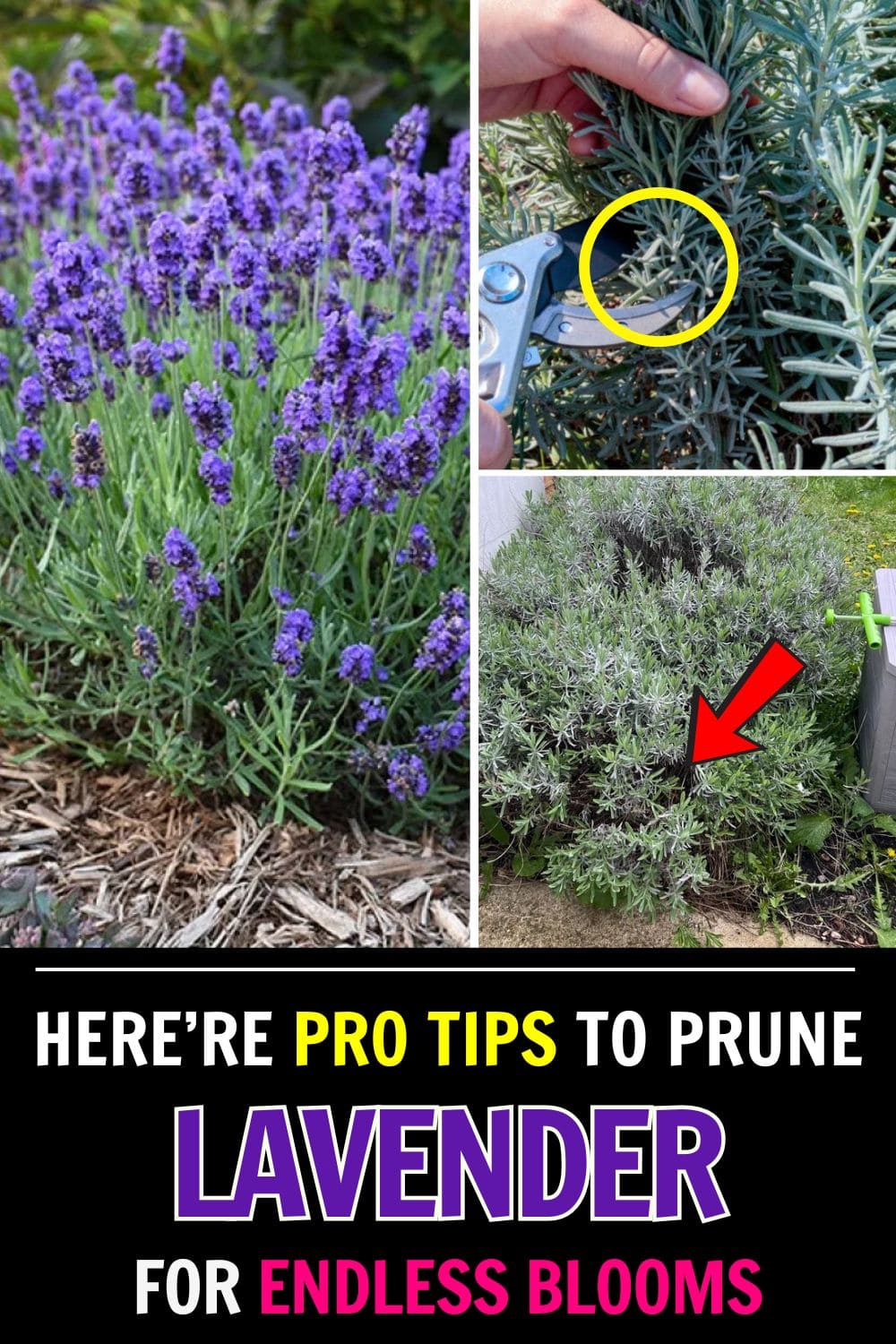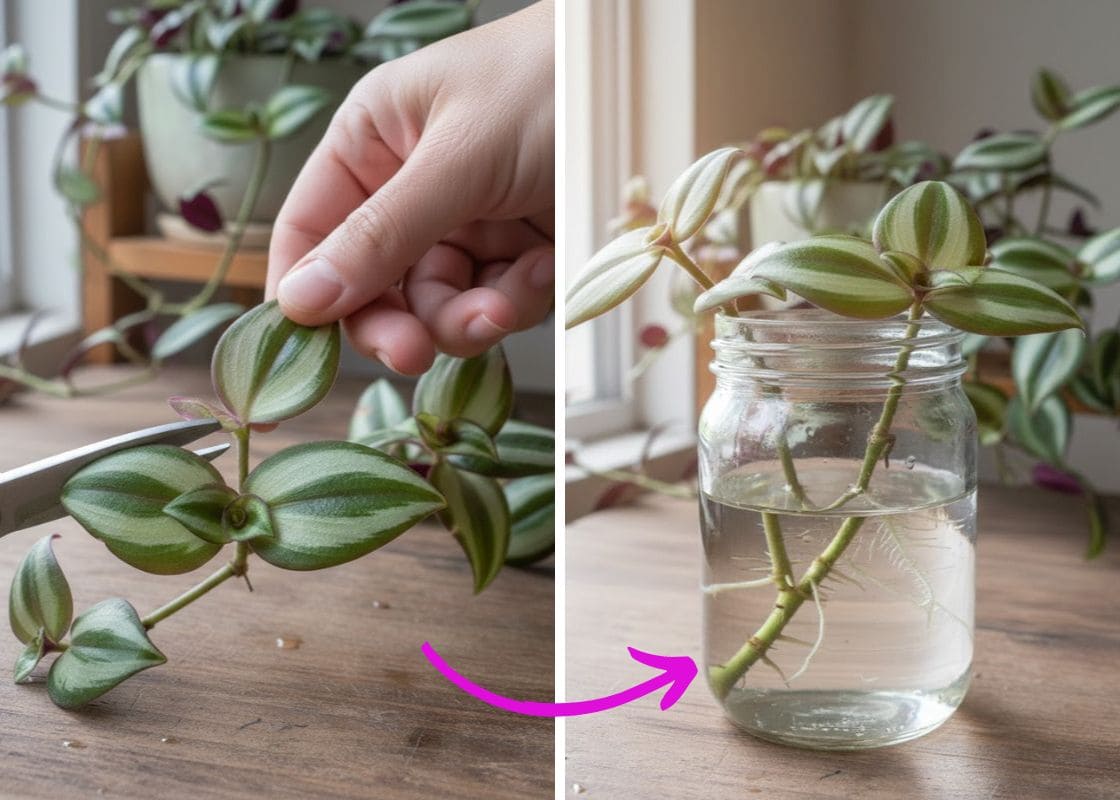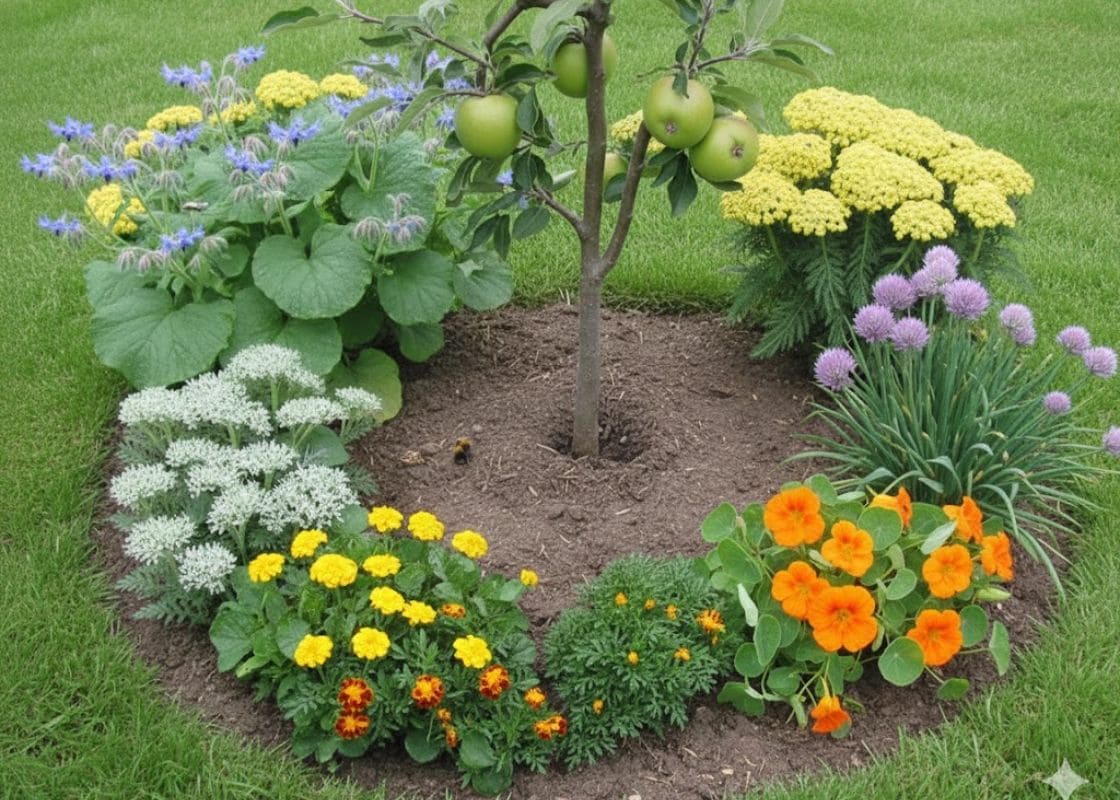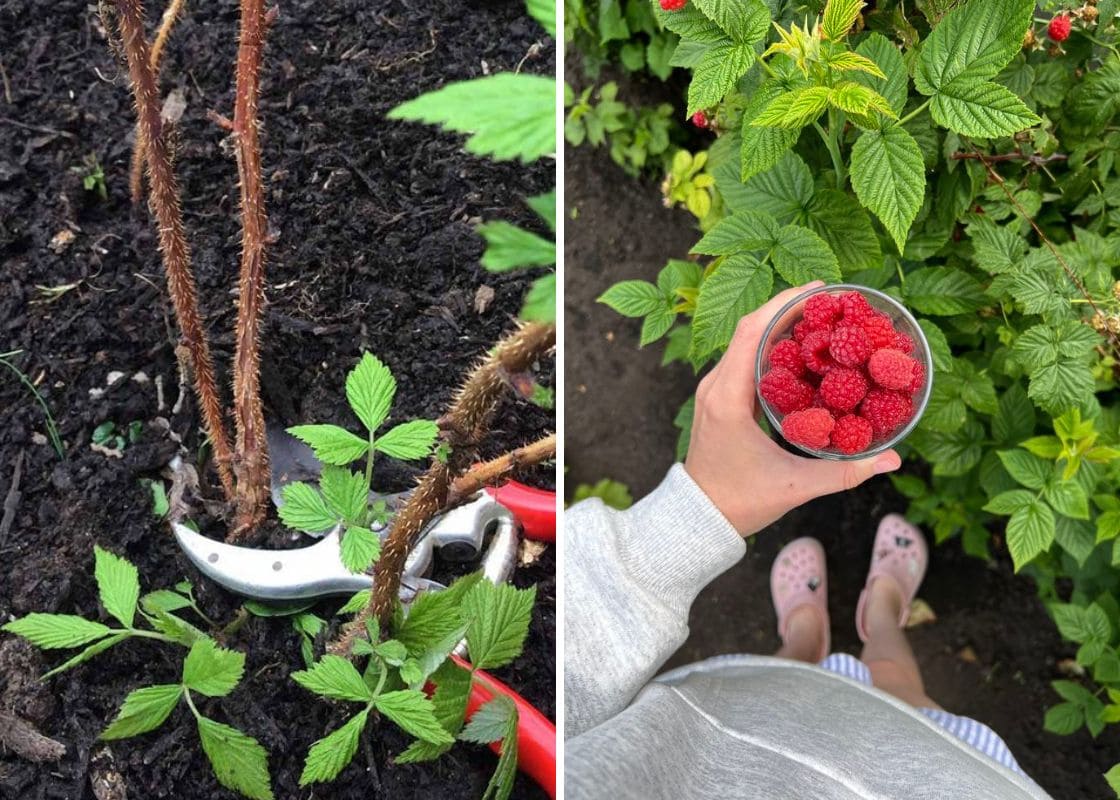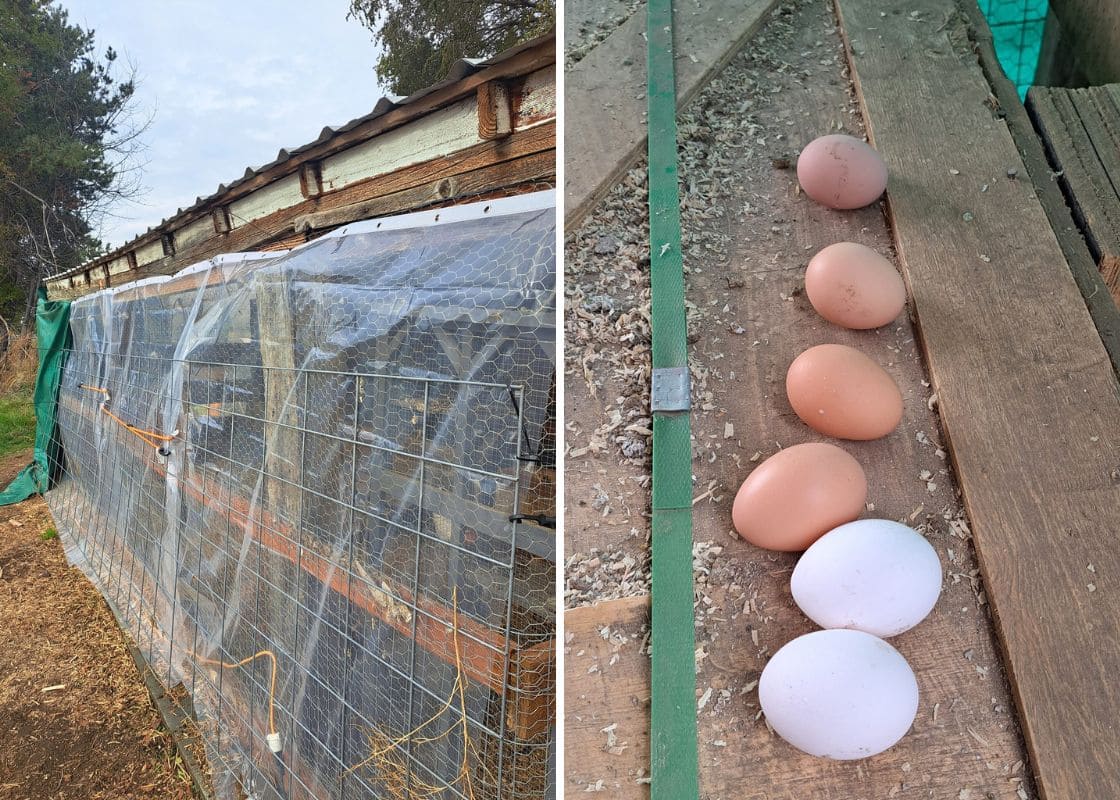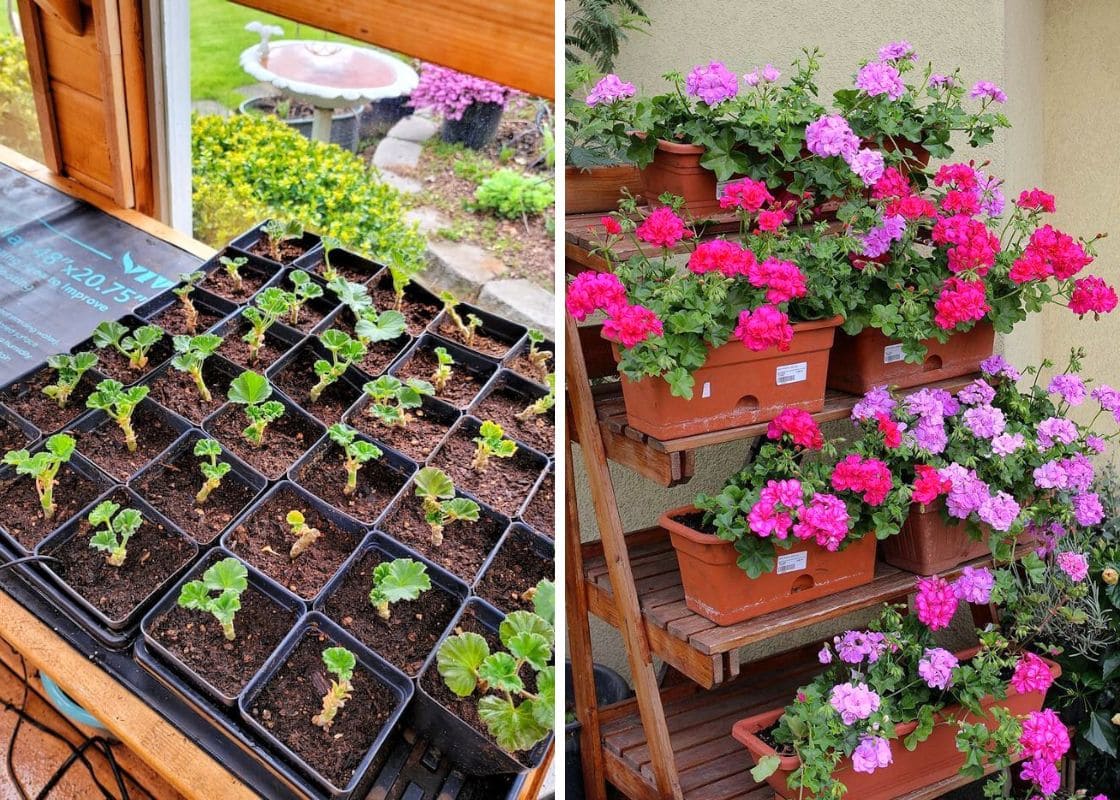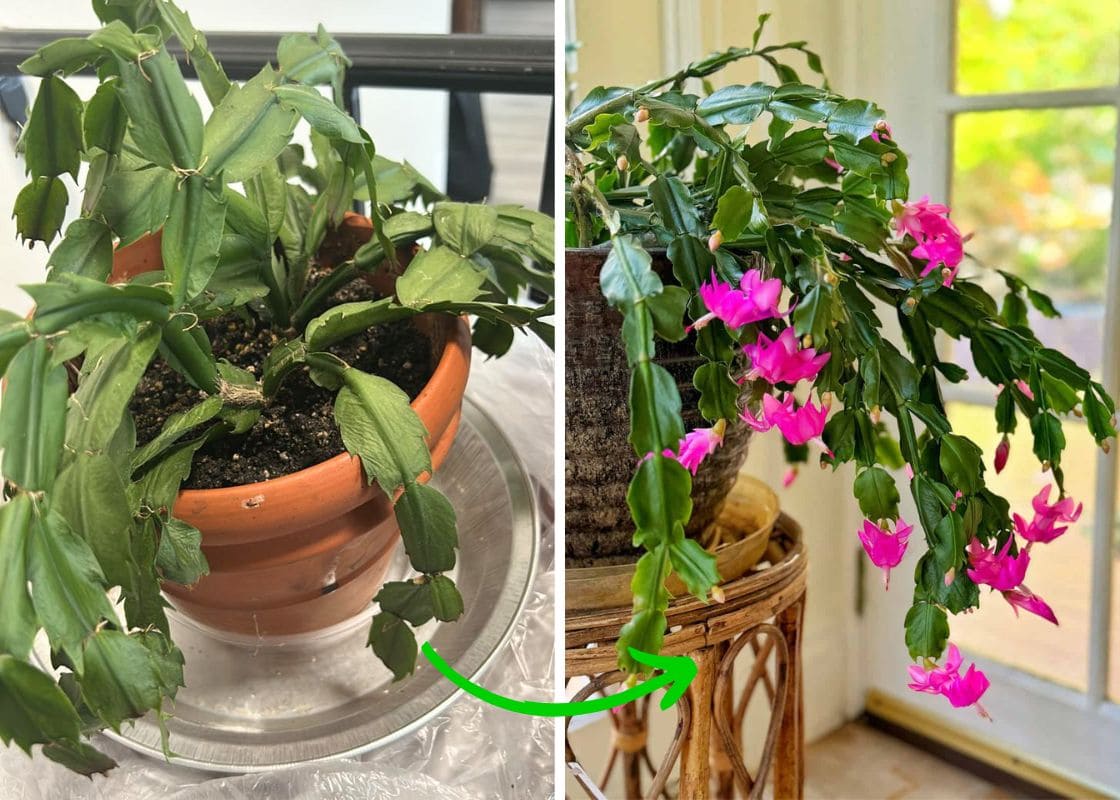When summer fades and the air still holds that unmistakable lavender scent, it’s time to reach for your garden shears.
Pruning lavender isn’t just another chore, it’s a seasonal rhythm that transforms how this beloved plant looks, grows, and gives.
And here’s the thing: lavender needs pruning. Skip it, and your plant turns leggy, brittle, and exhausted long before its time.
Lavender may seem carefree, but beneath that soft charm is a plant that thrives with structured attention. That’s what pruning offers.
But to get it right and better than every other how-to guide out there, you’ll want to know more than just when to cut.
You need to understand why it works, how lavender responds physiologically, and what skilled gardeners do that casual ones often miss.
Why You Should Always Prune Lavender
Lavender is a subshrub, not a true herbaceous perennial, so it grows like a hybrid between a woody shrub and a leafy perennial.
The stems harden with age, but only the upper parts push out new green shoots. Once it becomes woody, it stops sending up fresh growth from those parts.
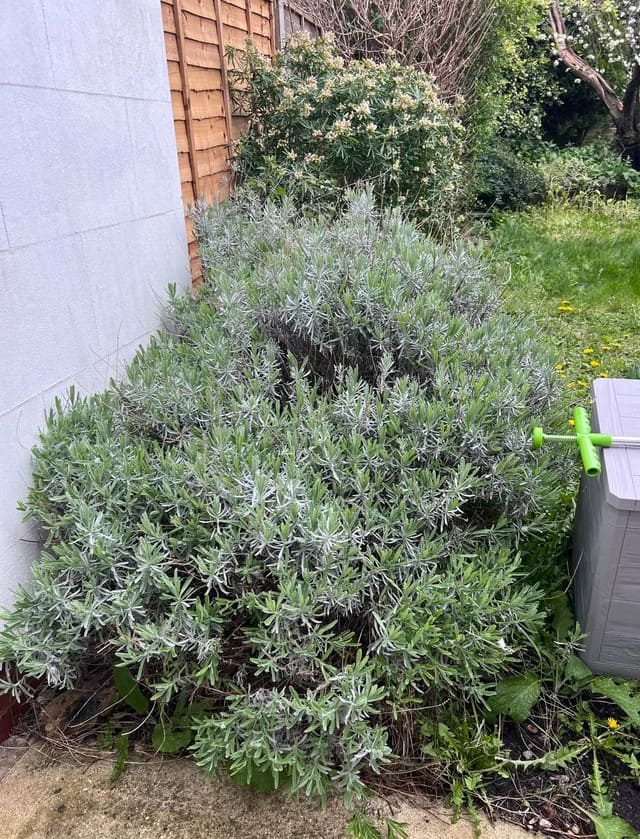
Without pruning, the plant becomes top-heavy and hollow at the center. Pruning interrupts that decline.
By regularly trimming back the soft, flexible stems while leaving the woody base undisturbed, you’re essentially telling the plant to redirect its energy outward into bushier form, fuller flowering, and tighter growth.
Studies from the Royal Horticultural Society (RHS) confirm that consistent pruning extends lavender’s lifespan by years, sometimes doubling it, while improving resistance to root rot and mildew by increasing airflow at the base.
When to Prune Lavender
After blooming in summer, lavender begins preparing for dormancy. That’s when it’s best to do your main pruning, usually 4-6 weeks before your first frost.
Pruning too late into fall forces the plant to push out tender new growth that gets zapped by frost. On the flip side, pruning too early, while it’s still flowering, can stress the plant and reduce oil content in the blooms.
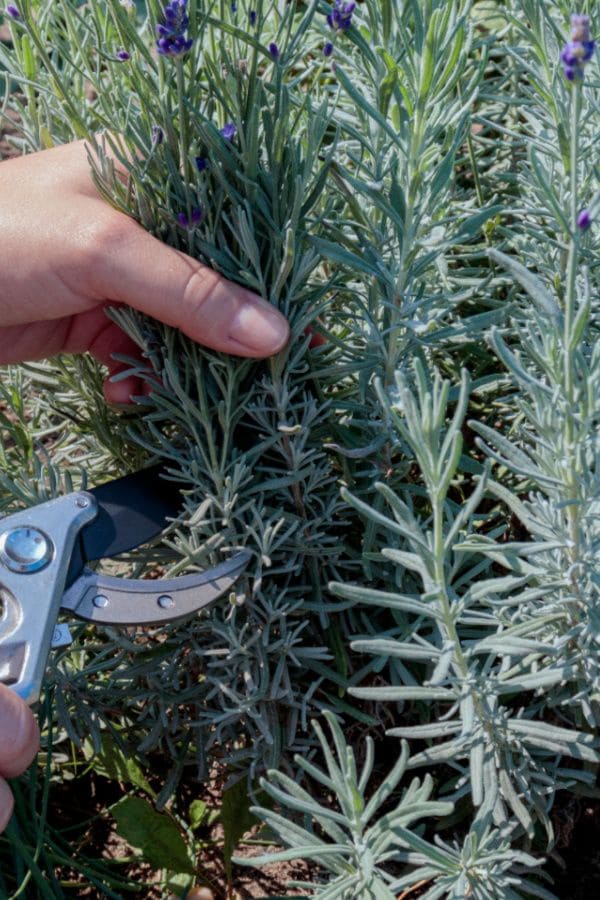
A light spring trim, on the other hand, serves mostly to remove winter dieback and tidy the shape. In regions with heavy snow or icy winds, spring pruning is especially important because snow weight can splay open the center of the plant.
In Mediterranean climates where lavender thrives naturally, pruning happens twice: once after bloom and again in late winter, but only where winters are mild. Timing depends on your zone.
How to Prune Lavender Step by Step
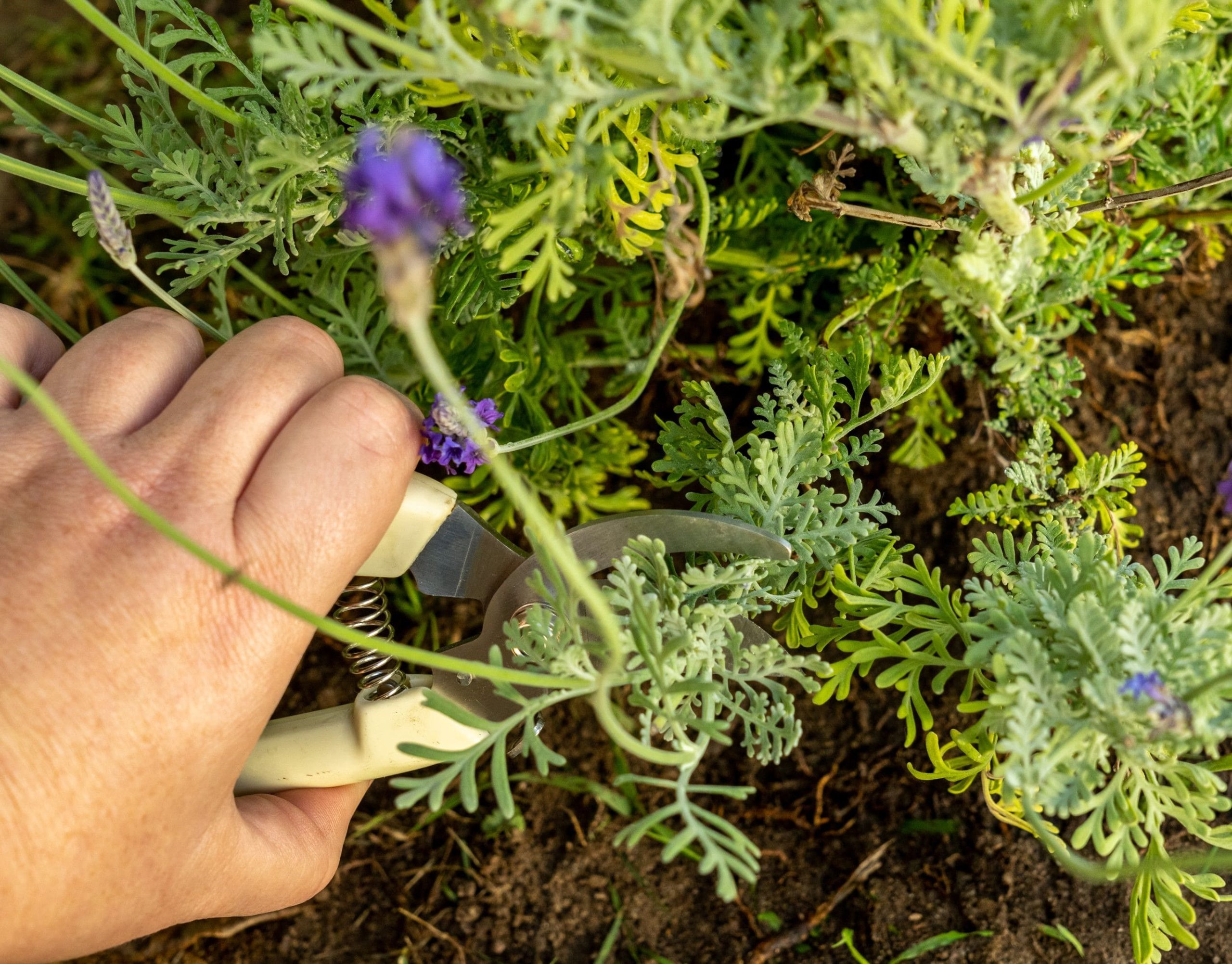
You should use sharp, clean shears. Dull blades crush the stems and create entry points for disease. The correct cut is just above a healthy set of leaf nodes.
If you’re working with a mature plant, pay attention to the gray line, that transition zone where soft green growth meets woody base. Cutting just above that line allows regrowth. Cutting below it stops the plant from producing any new shoots in that area.
In cooler regions, avoid fall pruning altogether if the plant is already showing signs of cold stress or if wet weather is predicted.
When shaping, aim for a low, compact dome. This isn’t just aesthetic—it mimics how lavender grows naturally on windswept hillsides, and it protects the plant from wind shear and center collapse.
Practical Tips for Healthier Lavender
Pruning isn’t just about removing height, it’s about encouraging hormonal shifts within the plant.
Lavender produces auxins, growth hormones concentrated in the tips of stems.
By cutting the tips, you disrupt apical dominance, which forces the plant to divert growth laterally. That’s why a pruned plant becomes bushier as it’s responding to the hormonal signal to spread instead of stretch.
You can even control the flowering pattern this way. Cut early in the bloom cycle to encourage reblooming. Wait too long, and the energy stays locked in seed production.
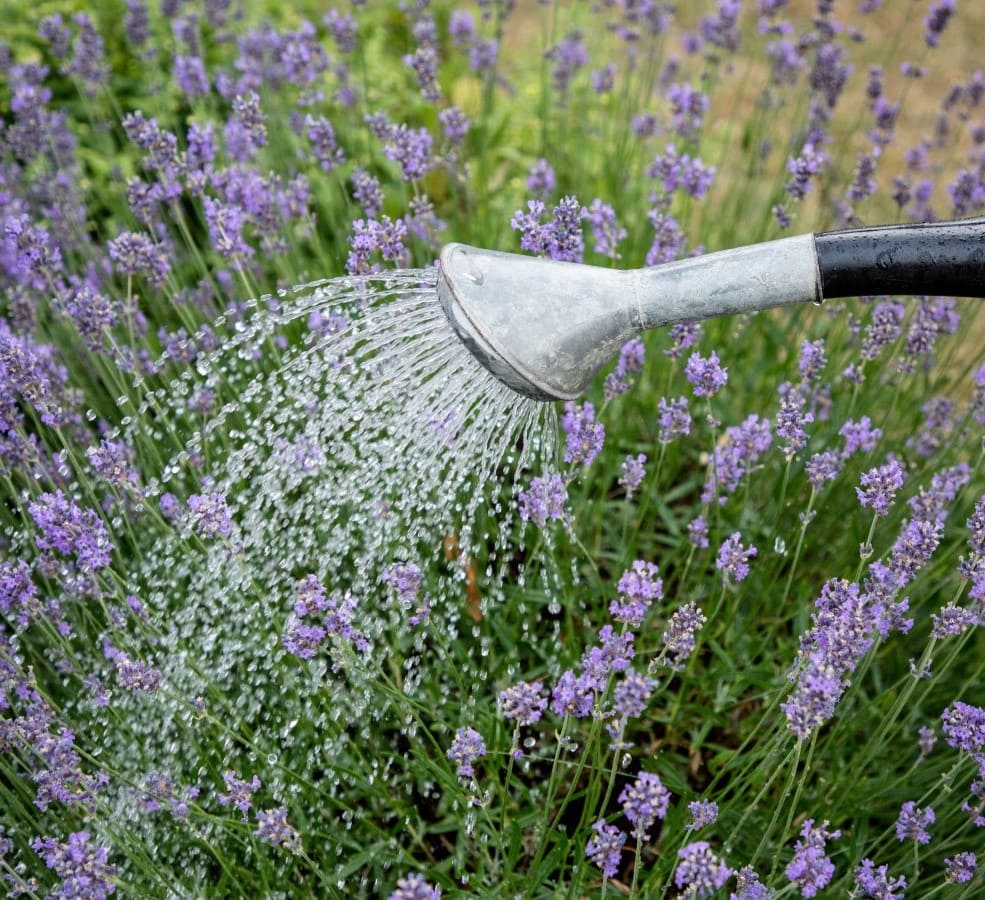
Also, don’t water lavender after pruning. Its roots prefer to stay dry during recovery. Overwatering post-prune is one of the top causes of dieback in otherwise healthy plants.
Know Your Lavender Type
Many gardeners don’t realize they’re pruning the wrong way because they’re not sure which type they’ve planted.
- English lavender (Lavandula angustifolia) is the most pruning-tolerant. It flowers once, maybe twice, and responds well to deeper trims. It’s also cold-hardy to USDA Zone 5 with protection.
- French lavender (Lavandula dentata) and Spanish lavender (Lavandula stoechas) flower more often but are less hardy and more sensitive to deep cuts. They prefer lighter, regular shaping throughout the season, especially in Zones 8-10.
Fun fact:
French and Spanish varieties evolved in higher-elevation Mediterranean zones with poor soil and constant wind. That’s why they’re more tolerant of frequent trimming but only if conditions stay dry and warm.
When to Replace an Old Lavender Plant
If your lavender is more than eight years old, especially if the base looks woody, cracked, and the center is hollow, no amount of pruning will restore its former shape.
However, lavender propagates easily from cuttings. Take 3- to 4-inch green tips from healthy stems, strip the lower leaves, dip them in rooting hormone (optional), and plant in loose, sterile soil.
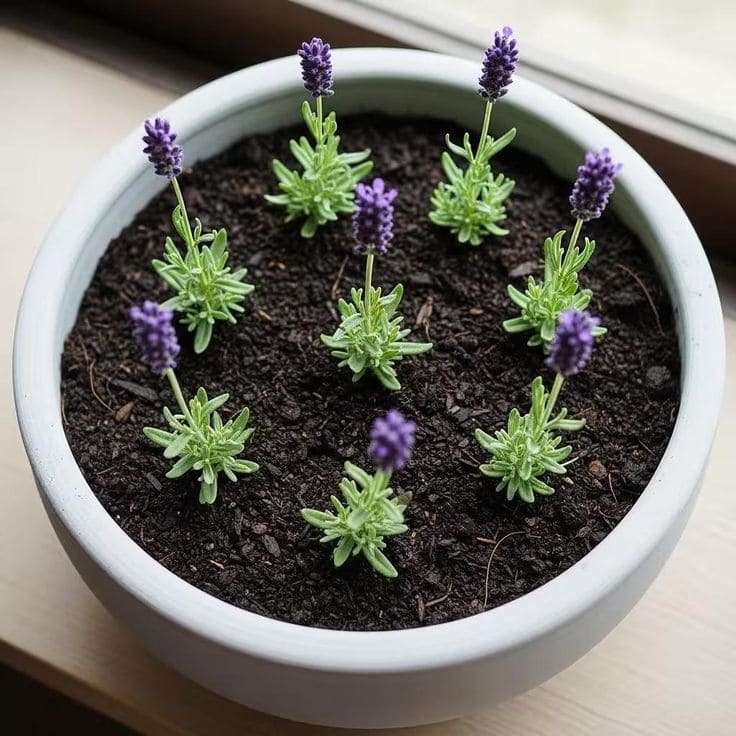
You should mist lightly, cover with a humidity dome or plastic wrap, and keep out of direct sunlight until roots form in 4-6 weeks.
Replacing aging lavender with its own offspring preserves the scent, color, and vigor of your original plant without spending a dime.
What to Do With Your Lavender Trimmings
New research in agricultural aromatherapy shows that dried lavender leaves contain active compounds that deter pests like moths, gnats, and some types of mites. This makes them ideal for natural sachets or drawer liners.
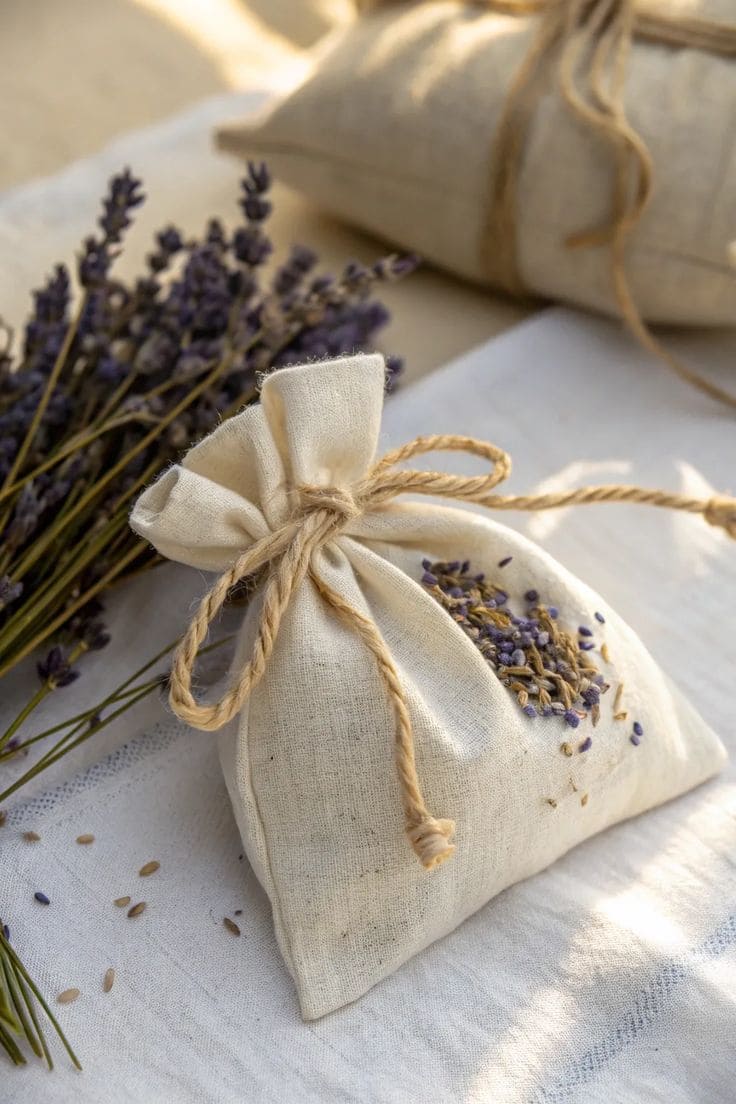
Old woody stems can be bundled and burned as natural incense. Fresh trimmings can be steeped in carrier oil (like jojoba or almond) and left in a sunny window for a few weeks to create lavender-infused oil for massage or skincare.
If propagation is the goal, try layering, a technique where you bend a flexible stem down to the ground, pin it, and wait for it to root naturally before cutting.
See more: Top 6 Health Benefits of Lavender And How to Use It Safely
Frequently Asked Questions
Can lavender be pruned in winter?
Only in regions where winters are mild and dry. In cold or wet climates, winter pruning invites rot and dieback. Wait for spring or prune just after summer bloom.
How much of the plant can be removed safely?
About one-third of the green portion is ideal. Stay far above the woody base unless you’re working with very young plants.
Is pruning necessary for container lavender?
Yes. Pots restrict root space, so pruning helps balance growth and encourages reblooming. Be mindful of heat stress, especially in dark-colored pots.
What if you didn’t prune last season?
Start with a soft spring prune and assess the plant’s structure. If there’s still green growth coming from most stems, recovery is possible. Otherwise, take cuttings and propagate a new one.
Can pruning influence the fragrance?
Yes. Proper pruning increases oil concentration in the leaves and stems because the plant directs its energy into fewer but stronger growing tips. Overgrown, leggy plants produce weaker oils.
